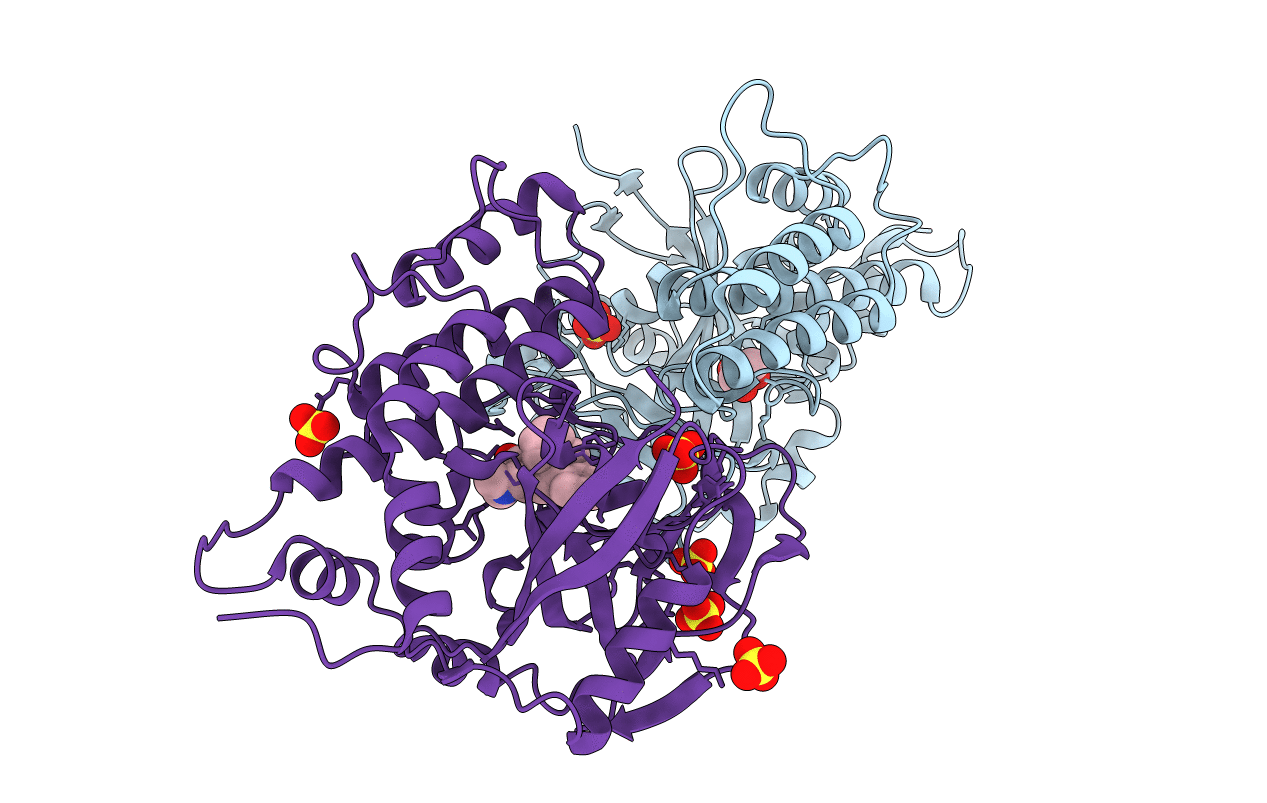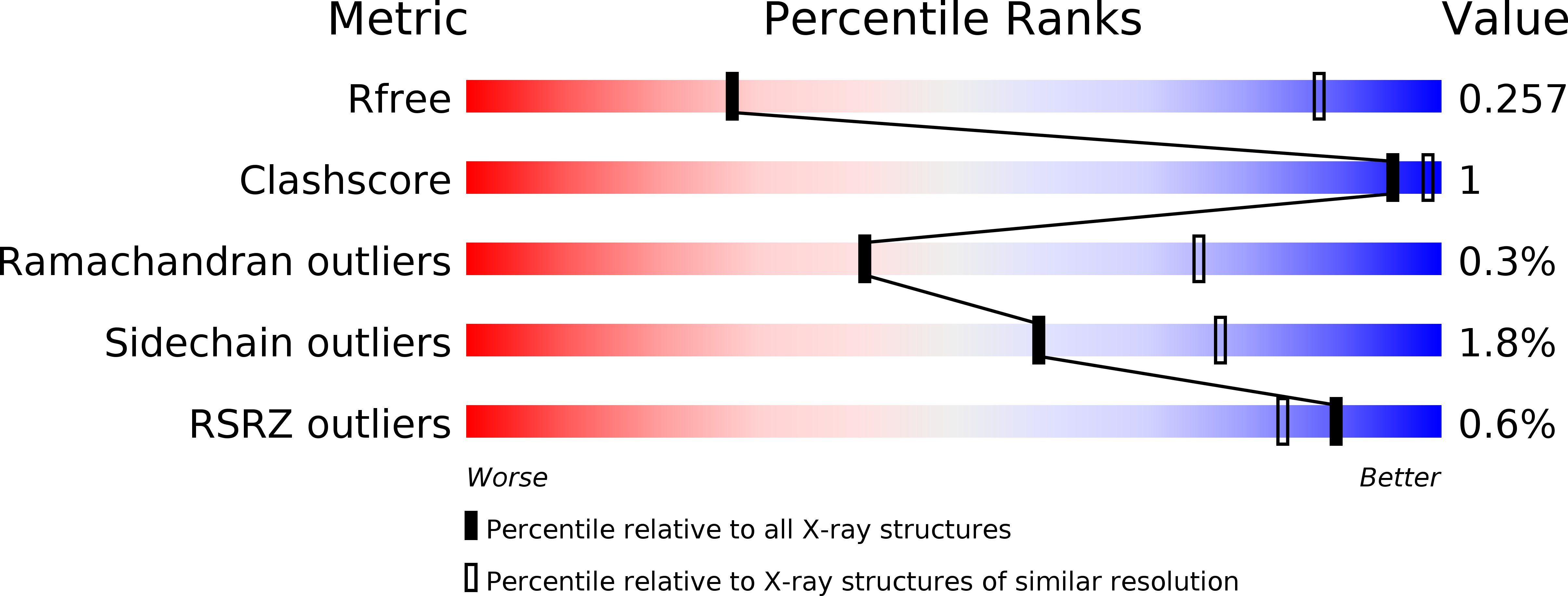
Deposition Date
2015-12-30
Release Date
2016-03-09
Last Version Date
2024-03-20
Entry Detail
PDB ID:
5HA9
Keywords:
Title:
Crystal structure-based design and disovery of a novel PARP1 antiagonist (BL-PA10) that induces apoptosis and inhibits metastasis in triple negative breast cancer
Biological Source:
Source Organism:
Homo sapiens (Taxon ID: 9606)
Host Organism:
Method Details:
Experimental Method:
Resolution:
4.01 Å
R-Value Free:
0.35
R-Value Work:
0.24
R-Value Observed:
0.24
Space Group:
P 21 21 21


